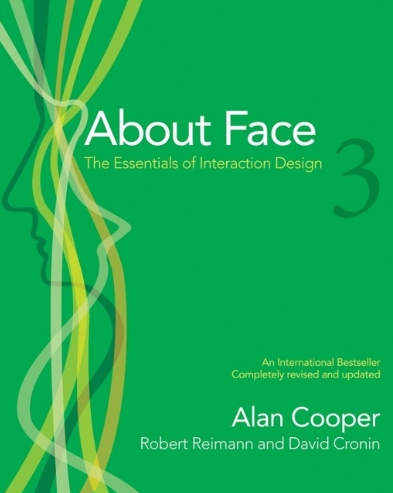 Perhaps one of the most striking recommendations in Cooper’s quintessential textbook on the topic of Interaction Design is the one that might be the most challenging for those of us who have been in the profession for a long time.
Perhaps one of the most striking recommendations in Cooper’s quintessential textbook on the topic of Interaction Design is the one that might be the most challenging for those of us who have been in the profession for a long time.
A powerful tool in the early stages of developing scenarios is to pretend the interface is magic.
Why it’s right
Being untethered by restrictions and constraints is necessary to come up with novel solutions to interaction problems. As we’ve talked previously on the book club, a user’s mental model rarely aligns with the technical reality of the situation. Elegant interaction design can tap into this, facilitating a friction-free experience for the user. When friction is reduced and tension between a user’s understanding and interface’s function are reduced, we can begin to develop for joy, surprise, delight, and other of the loftier goals.
Why it’s hard
Technical requirements often can constrain our thinking as designers. Our mental models can be affected and constrained by knowledge/experience of what may be correct. How many times have you toiled away on a product, only to have the new person come in and immediately see a way out of a design conundrum that’s stumped you, or to offer a simple, even more elegant solution to something you thought you already had figured out? It’s not just that those new designers are incredibly talented and sharp. It’s that having an outside perspective sometimes enables us to more freely suggest a “truly novel” (page 160) solution.
To think about things in a true tabla rasa, with no restriction is to think about world building as a fiction writer might. How would the ideal society go about doing this? Fiction writers have an easier go of it, simply because if their magic systems are unexplainable, or their methods for propelling a spacecraft faster than light are based on specious reasoning, no one’s going to hold them responsible for that. It’s fiction after all.
We’re not developing fiction. Out solutions must be feasible and technically implementable. One thing I have to be consciously aware of is how a) my experience in developing back ends [oh so far ago!] and b) my 10+ years of pitching solutions for backends sometimes causes me to consider prior limitations earlier in the process than I should. Pitching a solution for Drupal? worked with Drupal before? It definitely requires a sort of mindfulness to get back to the magic and put these things away.
All planning is implementation – Urban Planning School
It certainly can be a challenge, and it’s a tension that experienced user experience designers must navigate in their work. It’s an asset when we have a familiarity with the technology so that we can have meaningful conversations with partners on a project: we can collaborate to mitigate technical limitations and come to better solutions. But sometimes, we need to put the negotiation and implementation part of a project away for a second. Surely “all planning is implementation,” and one without the other is not either or. We should not lose sight of the importance of not caring about the plausibility of a solution, when brainstorming. Sometimes to capture the magic, we must not try to understand the magic.
